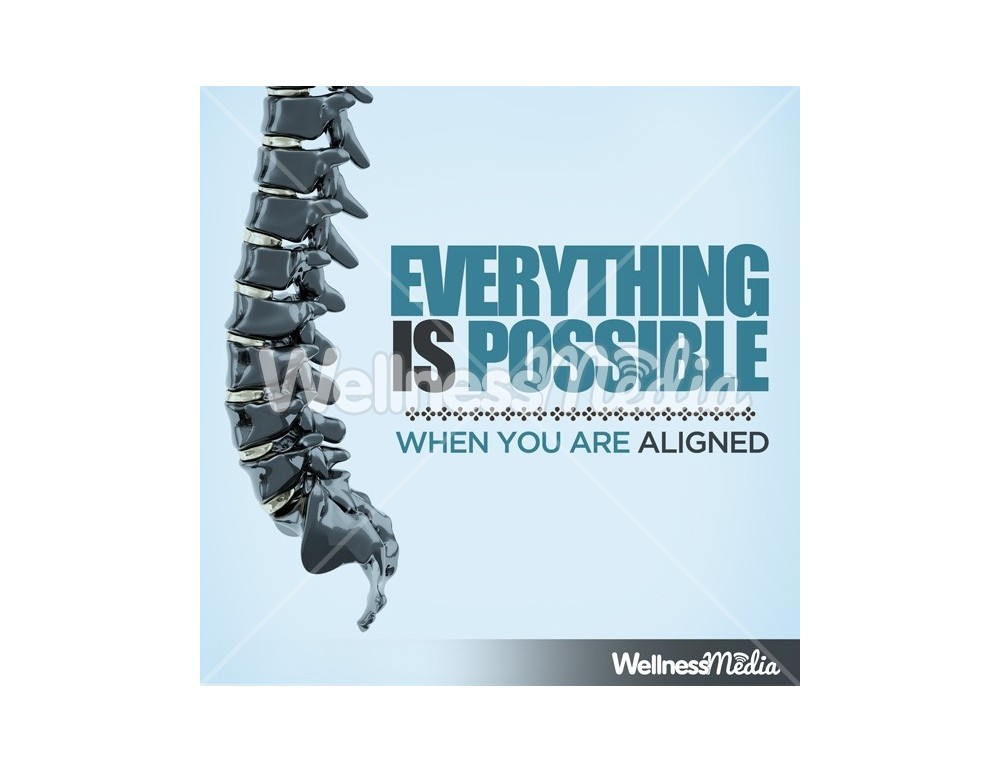The Scientific Research Behind Cold Laser Therapy: Comprehending Its Mechanisms And Results
The Scientific Research Behind Cold Laser Therapy: Comprehending Its Mechanisms And Results
Blog Article
Material Author-Walls McIntosh
You may have heard of cold laser therapy as a promising treatment choice for numerous problems, yet have you ever asked yourself exactly how it really services a mobile degree? Understanding the devices behind this therapy can shed light on its effectiveness in advertising recovery and lowering swelling. By checking out the science behind cold laser treatment, you'll gain understandings into the fascinating ways in which light can affect cellular processes and promote cells repair work.
Just How Cold Laser Treatment Works
To comprehend exactly how cold laser treatment works, you need to comprehend the basic concepts of just how light energy engages with organic tissues. Cold laser treatment, additionally referred to as low-level laser treatment (LLLT), uses specific wavelengths of light to penetrate the skin and target underlying cells. Unlike https://caraccidentdoctornearme73951.tusblogos.com/28309283/consider-the-opportunity-of-a-future-without-pain-discover-the-benefits-of-cold-laser-therapy-as-a-thorough-approach-to-taking-care-of-pain-effectively used in surgical procedures, cold lasers give off low levels of light that do not create warmth or trigger damage to the cells.
When these gentle light waves get to the cells, they're soaked up by parts called chromophores, such as cytochrome c oxidase in mitochondria. This absorption causes a collection of biological reactions, consisting of raised cellular energy manufacturing and the release of nitric oxide, which enhances blood flow and minimizes inflammation.
Additionally, the light energy can also promote the production of adenosine triphosphate (ATP), the power money of cells, helping in mobile repair and regrowth procedures.
Fundamentally, cold laser treatment harnesses the power of light power to advertise recovery and reduce discomfort in a non-invasive and mild manner.
Mechanisms of Activity
Exactly how does cold laser therapy really work to generate its restorative results on biological cells?
Cold laser therapy, also called low-level laser therapy (LLLT), runs via a procedure referred to as photobiomodulation. When https://www.statnews.com/2022/02/22/the-fda-needs-to-take-another-look-at-laser-based-vaginal-rejuvenation/ is put on the skin, the light power passes through the cells and is soaked up by chromophores within the cells.
These chromophores, such as cytochrome c oxidase in the mitochondria, are after that stimulated by the light power, resulting in a waterfall of biological reactions. One key device of activity is the enhancement of cellular metabolism.
The absorbed light power increases ATP production in the mitochondria, which is critical for cellular function and fixing. Additionally, cold laser treatment helps to decrease inflammation by preventing inflammatory moderators and promoting the launch of anti-inflammatory cytokines.
This anti-inflammatory result contributes to discomfort alleviation and tissue healing.
Restorative Impacts
Comprehending the restorative results of cold laser therapy entails acknowledging just how the enhanced mobile metabolic rate and anti-inflammatory buildings contribute to its positive outcomes on organic cells.
When the cold laser is related to the affected area, it boosts the mitochondria within the cells, leading to increased production of adenosine triphosphate (ATP), which is essential for mobile feature and repair. This boost in cellular energy increases the healing procedure by advertising cells regeneration and decreasing swelling.
In addition, the anti-inflammatory properties of cold laser therapy aid to lower pain and swelling in the targeted location. By preventing inflammatory conciliators and promoting the launch of anti-inflammatory cytokines, cold laser treatment help in minimizing pain and boosting the total healing action.
This reduction in swelling not only offers prompt relief yet also sustains lasting tissue repair.
Conclusion
To conclude, cold laser treatment works by boosting mobile repair work and tissue regrowth via photobiomodulation. Its anti-inflammatory homes give pain relief and lower swelling by preventing inflammatory arbitrators.
This therapy uses a detailed method to healing, providing both instant relief and long-term tissue fixing benefits.
Via its systems of action, cold laser treatment verifies to be a reliable and encouraging therapy option for a range of conditions.
